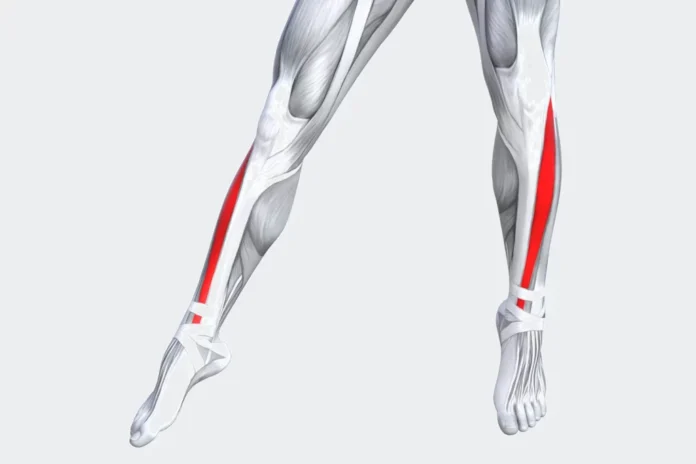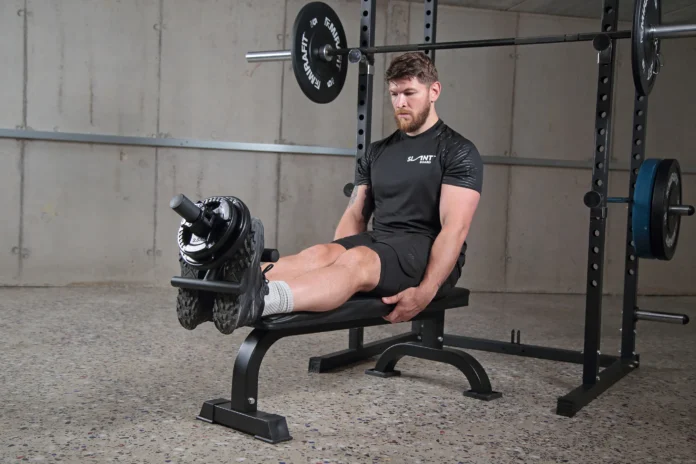
Table of Contents
When it comes to strength training and fitness, we often focus on the larger muscle groups such as the biceps, quadriceps, and glutes. However, there’s a smaller yet vital muscle that often goes unnoticed—the tibialis anterior. This muscle plays a crucial role in maintaining balance and stability, and its potential can be fully harnessed with the help of a remarkable tool called the tibialis bar.
Understanding the Tibialis Anterior

The tibialis anterior is located at the front of the lower leg and is responsible for dorsiflexion—a movement that involves lifting the foot upward and toward the body. This muscle is actively engaged during activities such as walking, running, and jumping, making it a key player in maintaining balance and preventing ankle injuries.
The Role of the Tibialis Bar

The tibialis bar is a specialized fitness tool designed to target and strengthen the tibialis anterior muscle. It consists of a weighted bar or a resistance band that provides resistance as you perform exercises targeting this muscle group. By incorporating this bar into your training regimen, you can specifically isolate and strengthen the tibialis anterior, which in turn can improve overall lower leg strength, ankle stability, and athletic performance.
Benefits of Using the Tibialis Bar

Enhanced Athletic Performance
Strong tibialis anterior muscles provide a solid foundation for explosive movements. Whether you’re a runner, basketball player, or weightlifter, a robust tibialis anterior can help improve your performance by increasing power and stability during jumps, sprints, and lifts. By incorporating tibialis bar exercises into your routine, you can unlock the hidden potential of this often-neglected muscle group.
Injury Prevention
Weak tibialis anterior muscles can lead to imbalances in the lower leg, which may increase the risk of ankle sprains and other lower limb injuries. Strengthening this muscle group with the tibialis bar can help prevent such injuries by promoting better ankle stability and improving overall balance.
Conclusion

As you embark on your journey to unlock the power of the tibialis bar, remember to start slowly and gradually increase the intensity of your workouts. Like any muscle group, the tibialis anterior requires consistent training and progressive overload to grow stronger and more resilient over time. Listen to your body, adjust the resistance, and focus on maintaining proper form throughout each exercise.
Additionally, it’s important to note that while this bar is a valuable tool, it should be used in conjunction with a well-rounded training program that addresses all aspects of fitness, including cardiovascular endurance, strength training, and flexibility. This bar is a valuable addition to your toolkit, but it is not a standalone solution.
So, embrace the challenge, grab hold of the tibialis bar, and embark on a journey of unlocking the hidden potential of your lower legs. Your body will thank you as you move with newfound strength and stability, reaching new heights in your fitness journey.
















